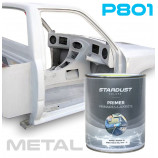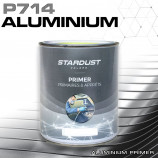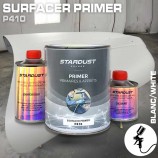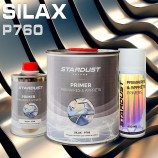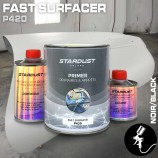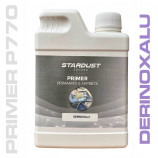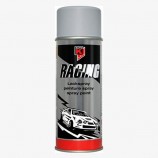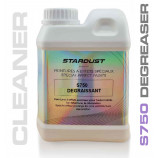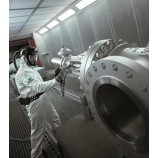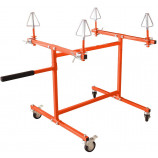All Products are in stock
and shipped from France.
Delivery within 48 hours.
and shipped from France.
Delivery within 48 hours.
Our categories
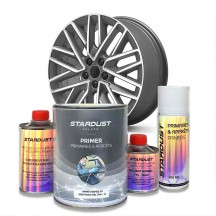
Primers for rims
When you are a beginner in the field of car body painting, and you are looking to bring together
the products needed to redo your rim coating, here are some clarifications concerning the primers to use for painting a rim, which ones? Why should I use them? How to paint a rim?
The application of a primer is part of the preparatory steps for paint...
Read more-
-
-
BI-COMPONENT FILLER PRIMER P410
In Stock 24.30£Body surfacing primer complete kit with included:Two-component filling primer + hardener H400 + thinner -
Adhesion topcoat for chrome and difficult metals P760
In Stock 27.00£Adhesion topcoat for chromed parts 250ml, 1L, 5L, Aerosol 400ml Ready to use, single component Delivered within 48h -
Automotive Bodywork Quick Primer in 2h – Light, medium or dark grey P420
In Stock 24.30£Professional Leveling Primer Surfacer all supports Kits available in 5 colors and 3 formats - 750ml Kit - 1.45L Kit - Spray 290mL -
DERINOXALU - Pickling for non-ferrous metal P770
In Stock 15.60£Exclusively for professionals. Supplied in 500ml - 1L - 5L plastic bottle fluorinated. -
-
Degreaser - SilIcon remover 1000ml
In Stock 7.10£Delivery time 48hrs IN STOCK 1 Liter can or 400ml aerosol -
HIGH PERFORMANCE ALL-METAL 2K F294 EPOXY PRIMER
In Stock 54.00£2 offers:Kit 1.6L18L kit Direct delivery within 48 hours -























